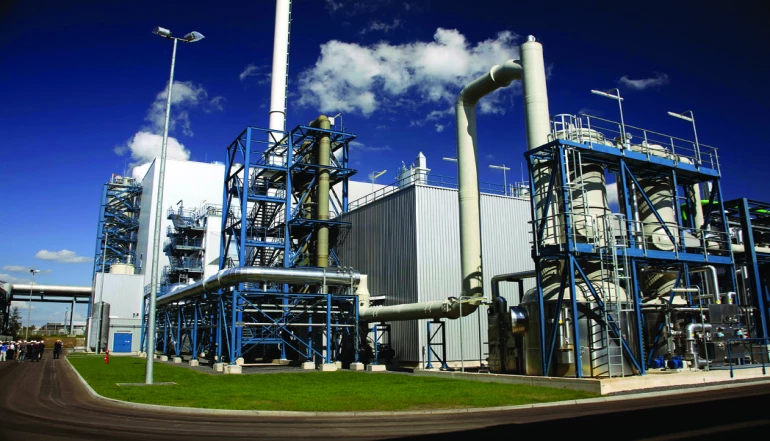5-50 Megawatt Power Plants: Bridging the Energy Gap
Power plants with a capacity ranging from 5 to 50 megawatts play a crucial role in providing a reliable and consistent supply of electricity to various communities, industries, and regions. These power plants are considered mid-sized facilities, falling between small-scale distributed generation and large-scale utility power plants.
Key Characteristics of 5-50 Megawatt Power Plants:
-
Capacity and Scalability:
5-50 megawatt power plants have a capacity range suitable for powering mid-sized communities, industrial complexes, or serving as a supplemental source in larger power systems. They are also often designed with scalability in mind, allowing for future capacity adjustments.
-
Energy Sources:
These power plants can be fueled by a variety of sources, including natural gas, diesel, biomass, solar, wind, geothermal, and hydropower. The choice of energy source often depends on the location, availability of resources, environmental considerations, and economic viability.
-
Grid Connection:
Many 5-50 megawatt power plants are connected to the electrical grid, enabling them to distribute generated electricity to nearby consumers efficiently. They may also operate as standalone systems in areas where grid connectivity is limited or unreliable.
-
Modular Design:
A modular design approach is often employed, allowing for the efficient integration of various components and technologies. This facilitates streamlined construction, operation, and maintenance while offering the flexibility to expand or reduce capacity based on demand.
-
Environmental Considerations:
Power plants in this capacity range often prioritize environmental sustainability. Renewable energy sources are increasingly favored due to their lower environmental impact, reduced greenhouse gas emissions, and alignment with global sustainability goals.
Importance and Applications:
-
Remote Areas and Islands: 5-50 megawatt power plants are vital for providing electricity to remote areas and islands, ensuring a consistent and reliable power supply to support the local population, businesses, and infrastructure.
-
Industrial Complexes: These power plants cater to the energy needs of industrial complexes, manufacturing facilities, and processing units, supporting uninterrupted operations and contributing to overall industrial growth.
-
Grid Stability and Peak Demand Management: They assist in stabilizing the electrical grid, especially during peak demand periods, providing the necessary power to maintain a reliable and steady flow of electricity to consumers.
-
Renewable Energy Integration: 5-50 megawatt power plants aid in the integration of renewable energy sources into the existing energy infrastructure, promoting a sustainable energy mix and reducing dependence on fossil fuels.
-
Emergency Backup and Resilience: These power plants serve as reliable emergency backup systems, ensuring a continuous power supply during natural disasters, grid failures, or other unforeseen events, enhancing community resilience.
5-50 megawatt power plants are a crucial link in the energy supply chain, addressing the energy needs of a diverse range of consumers. With advancements in technology and a growing focus on sustainability, these power plants are poised to play an increasingly significant role in the global energy landscape.


